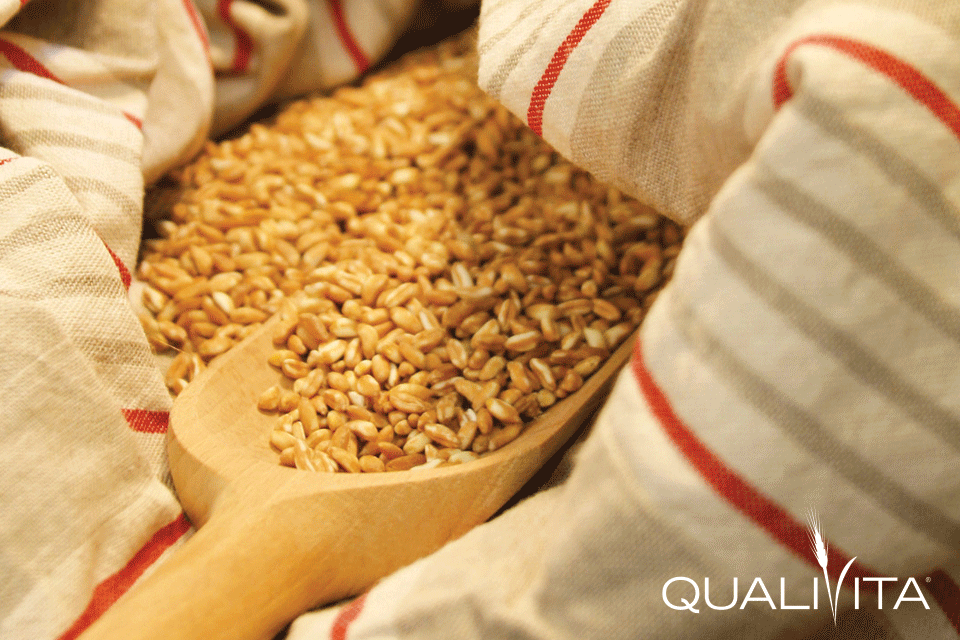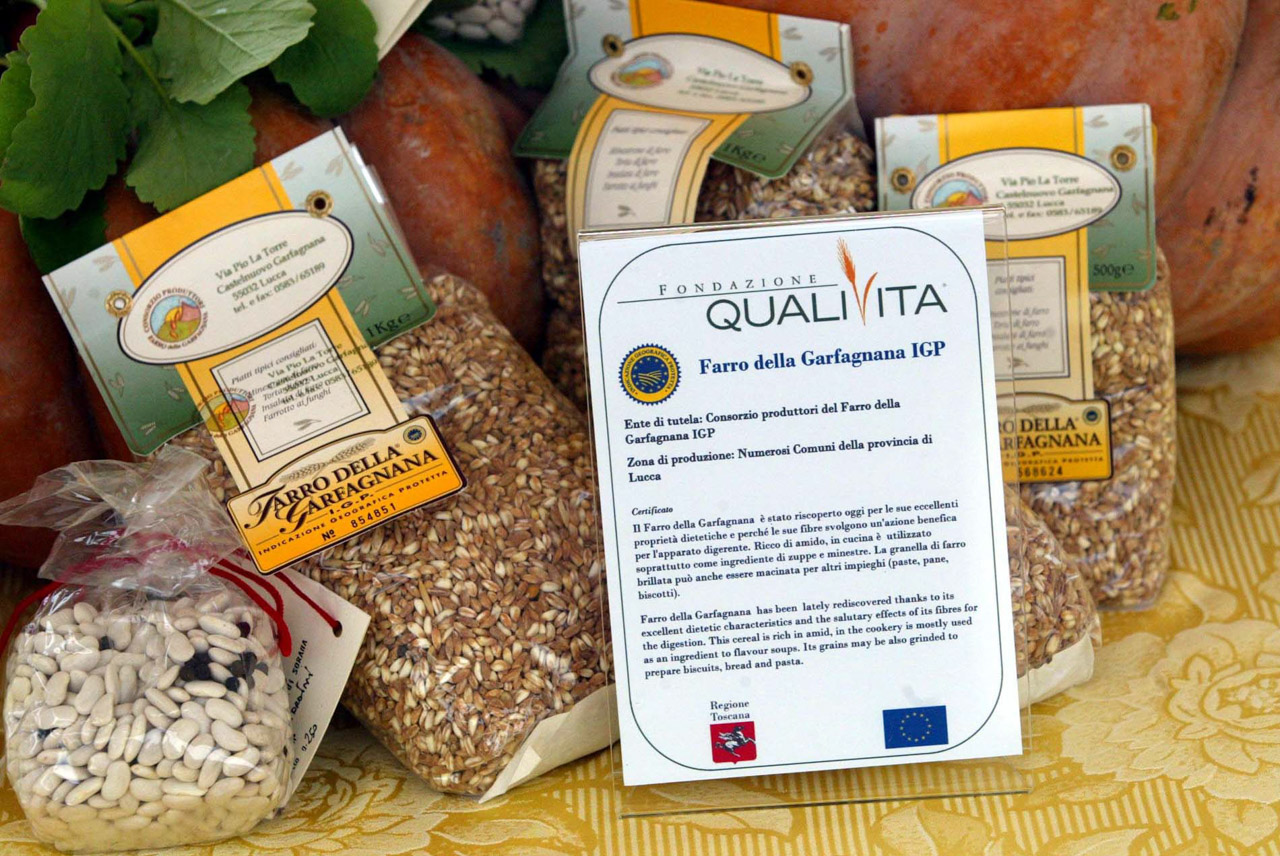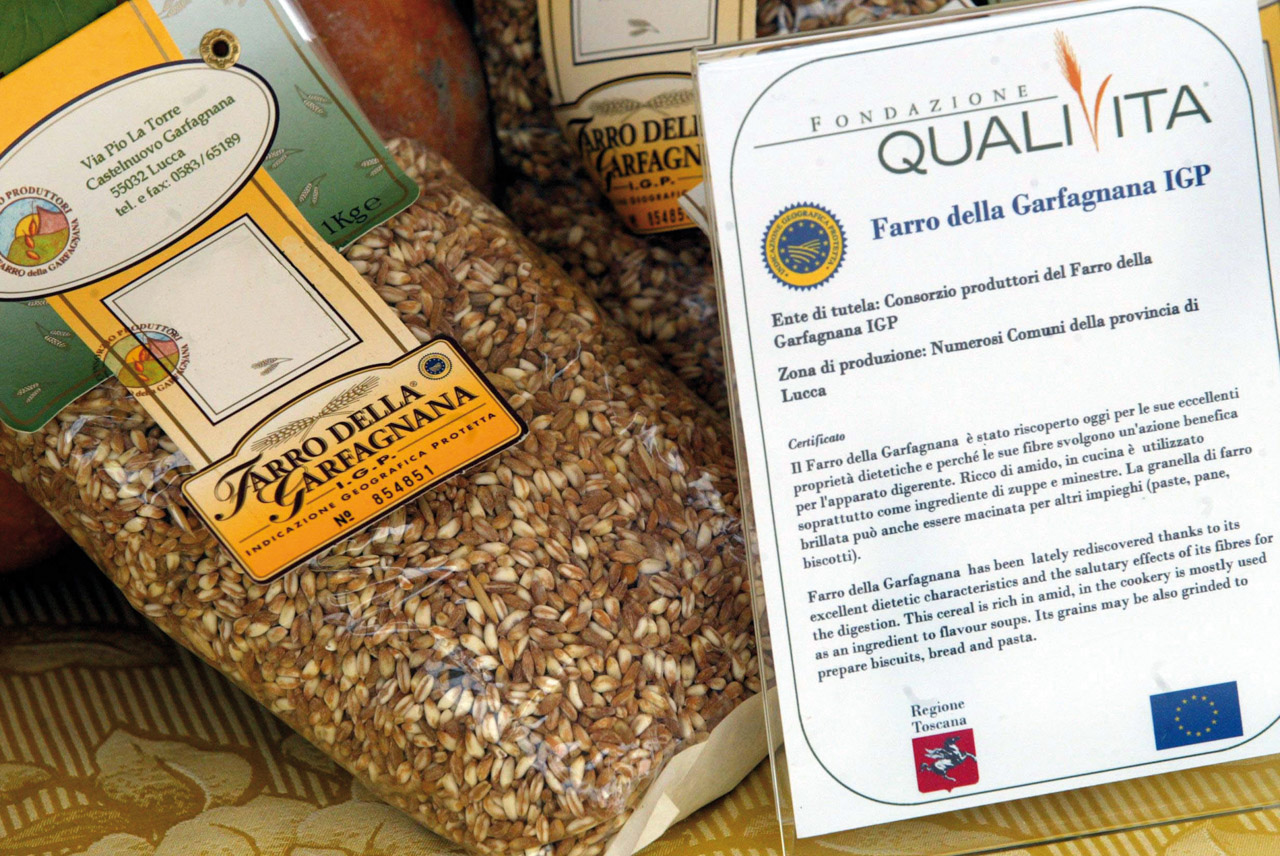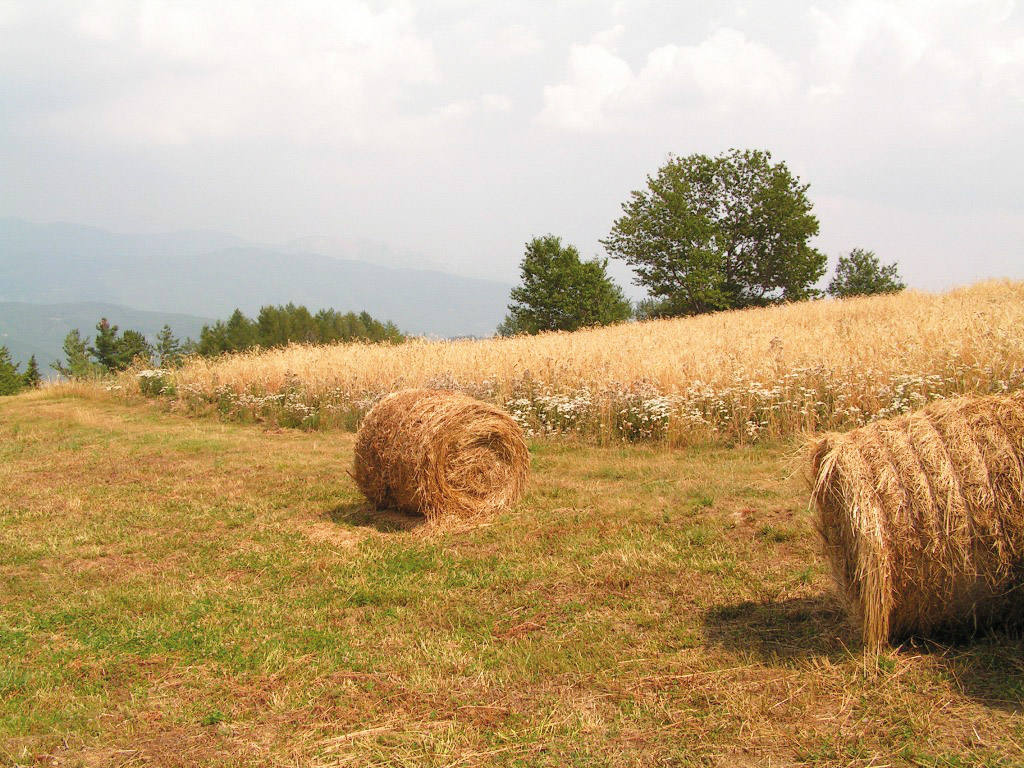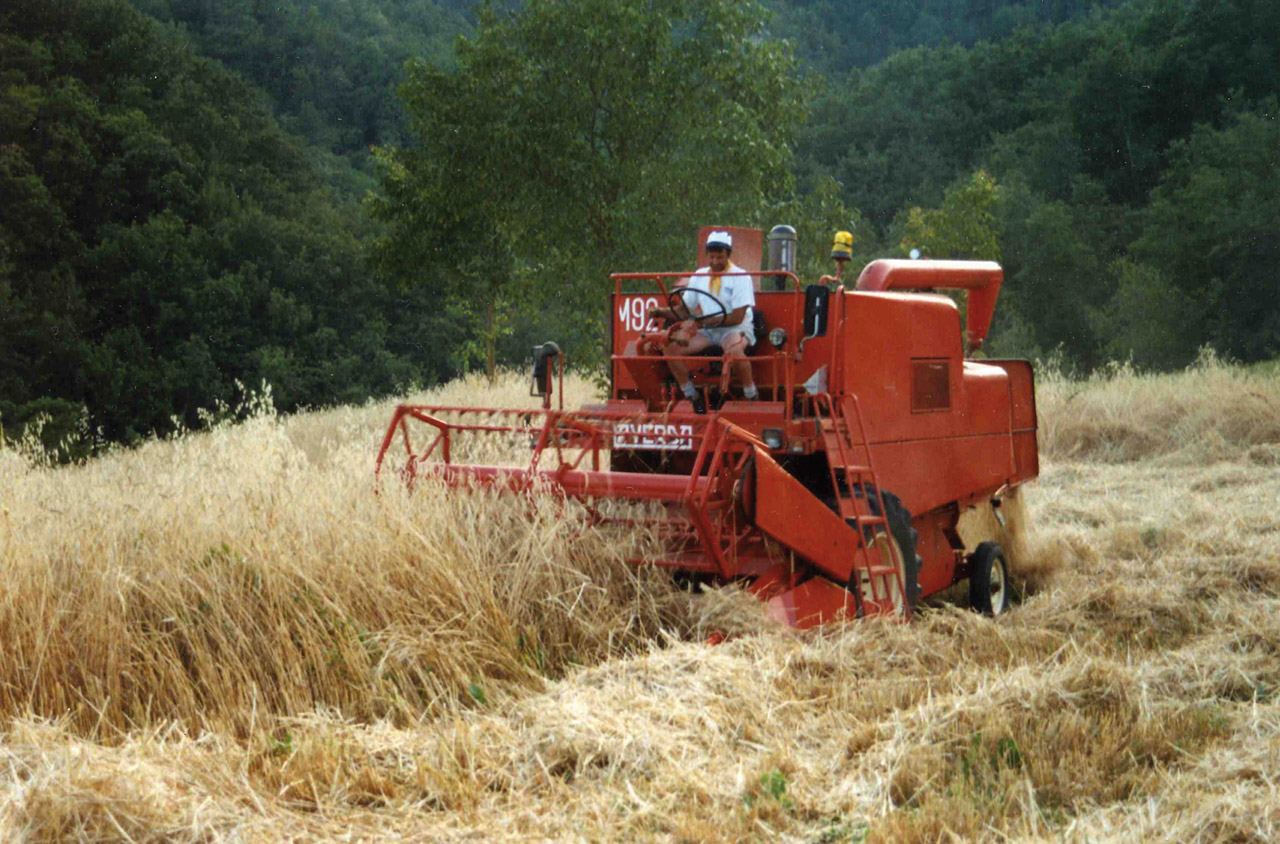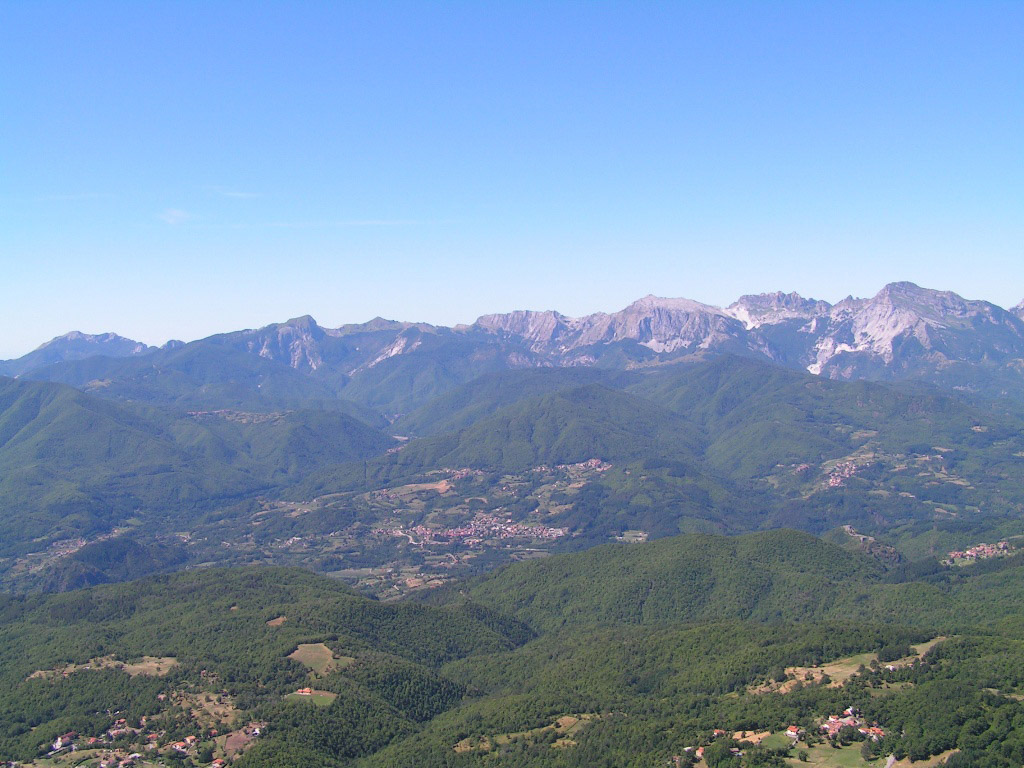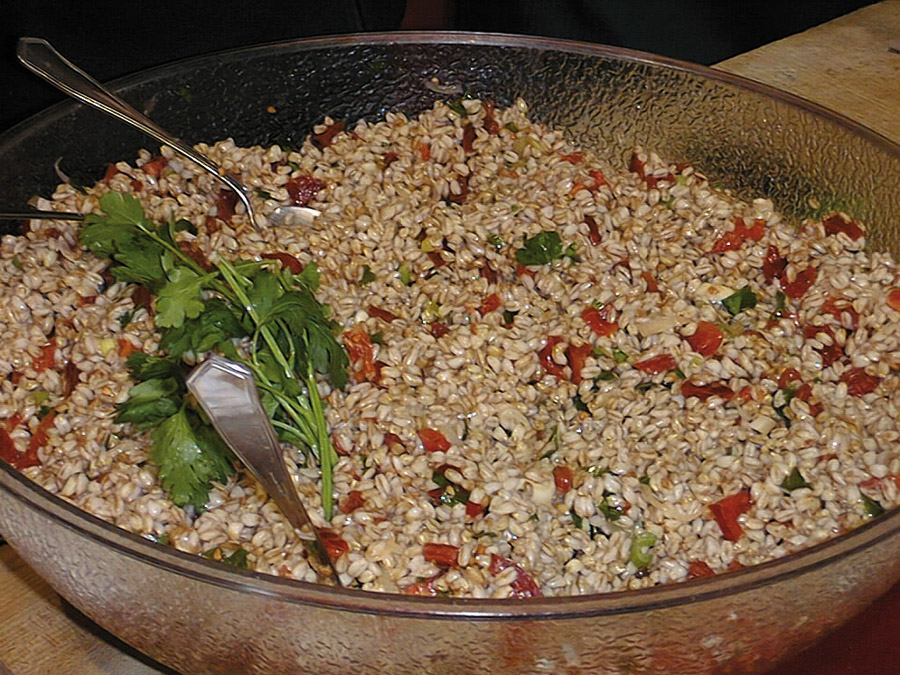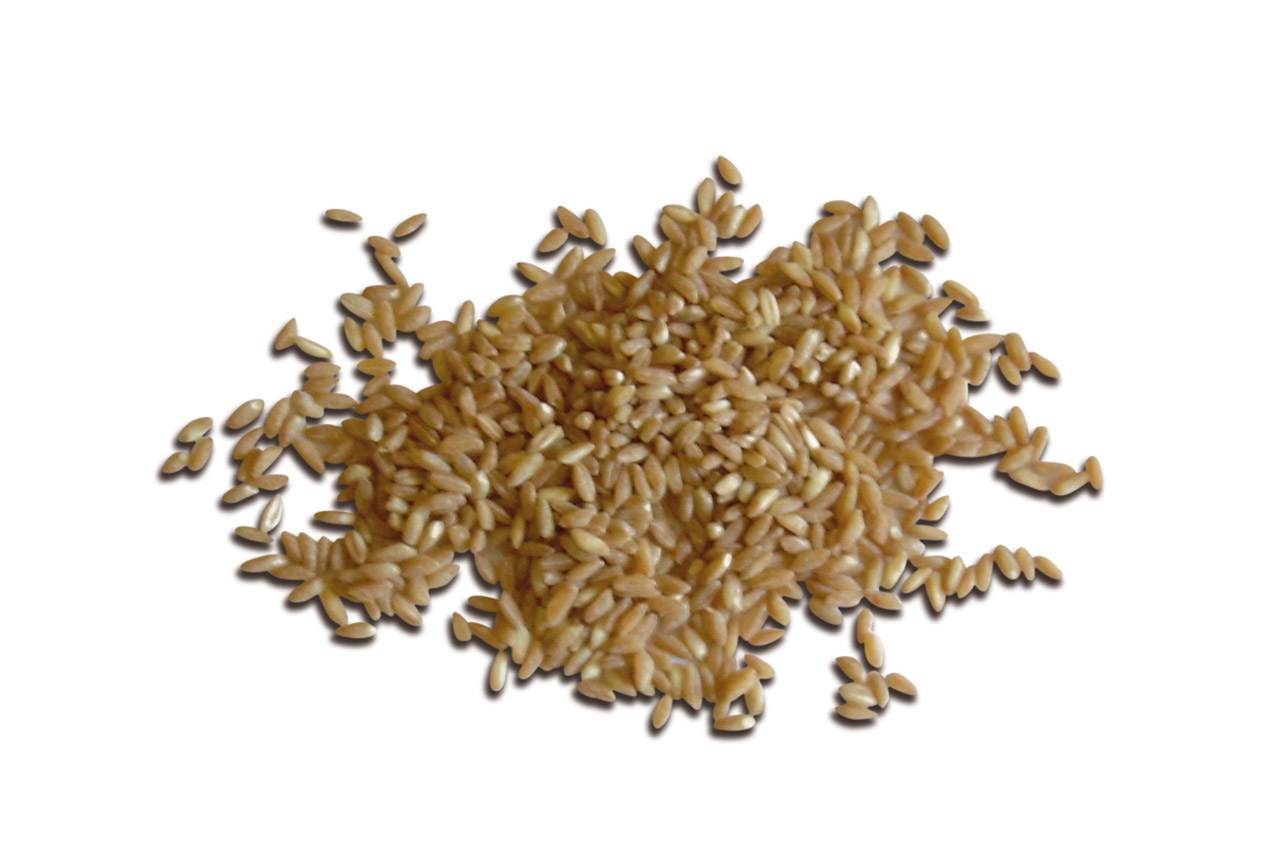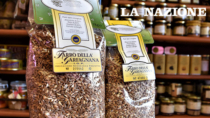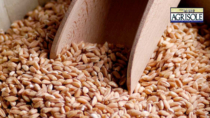Description
The Farro della Garfagnana PGI refers to the polished emmer grain obtained from the Triticum dicoccum (Schubler) species.
Production Area
The production area of Farro della Garfagnana PGI is within several municipalities in the Province of Lucca, in the Tuscany region.
Production Method
The emmer wheat is sown in soils located at 300-1.000 m above sea level, with a good position and adequate exposure. Sowing, which involves tilling the soil and respecting traditional crop rotation (in particular in meadows), must be carried out in October with seeds from the local area. Chemical fertilizers, phytosanitary products and herbicides are not allowed. Threshing of the harvested emmer wheat takes place in July. The maximum amount of emmer wheat grown should not exceed 2.5 kg per hectare. Polishing takes place in the production areas, with the use of suitable machinery, and involves the grain shell being removed. Polishing must not remove more than 60% of the initial product.
Appearance and Flavour
After polishing, Farro della Garfagnana PGI has noticeable off-white streaks and a floury consistency that is rich in starch and offers excellent dietary benefits.
History
Farro della Garfagnana PGI is fruit of the long tradition of Garfagnana being the best production area in Italy for this cereal. Emmer wheat is without a doubt one of the most ancient cereals known by man. First grown over 7.000 years ago in Mesopotamia, it was the basic food in Asia and the Mediterranean for centuries. This cereal was brought to southern Italy by the Greeks and quickly spread throughout the whole of Italy, remaining the preferred cultivation of the Latin population for a very long time; Pliny defined it as “the first food of ancient Lazio”. In the 3rd millennium BC, emmer wheat was known as oliria, which referred to the white flour that could be obtained from it. It was also given as compensation to Roman heroes, symbolising honour and glory, as well as playing a part in religious rituals. One of the progenitors of bread was puls, a kind of polenta prepared with flour made from roasted emmer wheat, which was mainly eaten by the Roman legions. Emmer wheat, together with salt, was also how the legions were paid.
Gastronomy
Farro della Garfagnana PGI should be kept in a dry place, in a glass recipient or vacuum-packed. Farro della Garfagnana PGI differs from other emmer wheat due to its larger grains and strength when cooked. It has an unmistakable taste. Rich in vitamins, mineral salts and starch, it has been rediscovered for its excellent dietetic properties and beneficial functions. It is an ideal ingredient for preparing soups, such as emmer wheat minestrone, a typical dish in the Garfagnana area, and goes well with beans and legumes in general. The flour that is produced with Farro della Garfagnana PGI is used to make the characteristic Garfagnana bread, which has a unique consistency and flavour. It pairs extremely well with red wine.
Marketing
The product is marketed as Farro della Garfagnana PGI. The polished emmer wheat is sold in bags weighing 0.5, 1, 5 kg. The packaging must adhere to current labelling regulations and indicate the date when it was produced and its best-before date. The packaging must be adequately sealed.
Distinctive Features
Farro della Garfagnana PGI is extremely resistant to natural agents and is cultivated in soils that are poor in nutritional elements; chemical fertilisers are not used.





